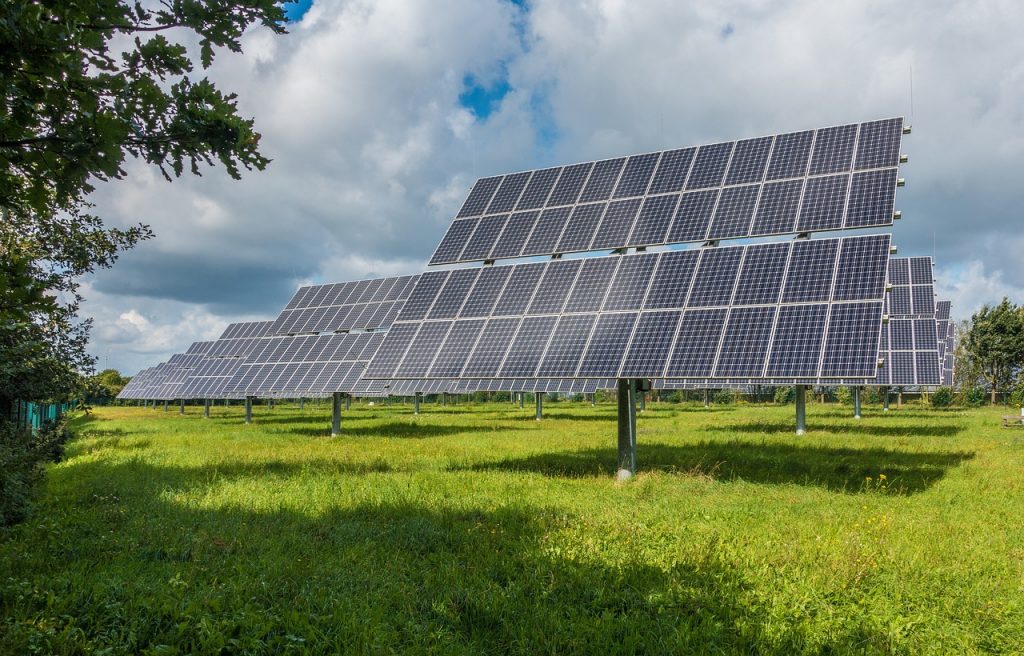
With the U.S. seeing rapid growth in solar energy adoption, homeowners across the country are looking to install photovoltaic systems that reduce electricity bills, boost property value, and shrink carbon footprints. But given the vast differences in sunlight, utility rates, and state-level incentives, the best solar solution varies widely depending on where you live.
This article breaks down what U.S. homeowners should consider when choosing solar panels for their home—region by region.
Solar Potential Across the U.S.
The U.S. enjoys strong solar radiation in many areas:
- Southwest (e.g., Arizona, Nevada, California): Among the world’s best, ~6.5–7.5 kWh/m²/day
- Southeast (e.g., Florida, Georgia): ~5.0–6.0 kWh/m²/day
- Northeast & Midwest: Lower, but still viable at ~3.5–4.5 kWh/m²/day
Even in cloudy states like Oregon or New York, solar is viable thanks to state incentives and high electricity rates.
Recommended Solar Panel Types & Brands
Given the U.S.’s large and varied housing stock, options range widely. But the most trusted panels usually offer a mix of high efficiency, strong warranties, and solid brand support.
- Top brands: SunPower (USA), Qcells, REC, Canadian Solar, JinkoSolar
- Panel types:
- Monocrystalline: Best efficiency (19–22%) and sleek appearance
- Bifacial panels: Increasingly used in ground-mounted installations
- Inverter brands: Enphase (microinverters), SolarEdge (optimizers), Fronius
Look for 25-year performance warranties and high-temperature coefficient ratings if you live in a hot climate.
Installation Costs and Incentives
- Average system cost (before incentives): $15,000–$25,000 for 6–8kW
- Federal Investment Tax Credit (ITC): 30% tax credit available through 2032
- State and local incentives:
- California: Net metering (NEM 3.0), battery incentives
- Massachusetts, New York: Solar Renewable Energy Credits (SRECs)
- Texas, Arizona: Property tax exemptions and rebates in some areas
Battery storage (e.g., Tesla Powerwall, Enphase IQ Battery) adds another $10,000–$15,000 but is incentivized in some regions.
Financial Returns and Payback
- Annual savings: $1,000–$2,000 depending on usage and state
- Payback period: Typically 6–10 years
- Home value increase: On average, homes with solar sell for ~4% more
Solar is particularly cost-effective in high-rate states like Hawaii, California, and Connecticut.
Practical Advice for U.S. Homeowners
- Use tools like EnergySage or Solar.com to compare multiple quotes
- Prioritize net metering eligibility and local solar policies
- If you plan to move in 5–7 years, ensure the system is transferable
- Battery storage can provide backup power and increase self-consumption
Smart Investment with Long-Term Rewards
For many American homeowners, solar energy is now a mainstream investment. With robust tax credits, rising electricity rates, and growing consumer awareness, solar is more accessible and valuable than ever before.
From sunny California rooftops to suburban homes in the Northeast, the right solar system delivers long-term savings, greater energy independence, and added real estate appeal.